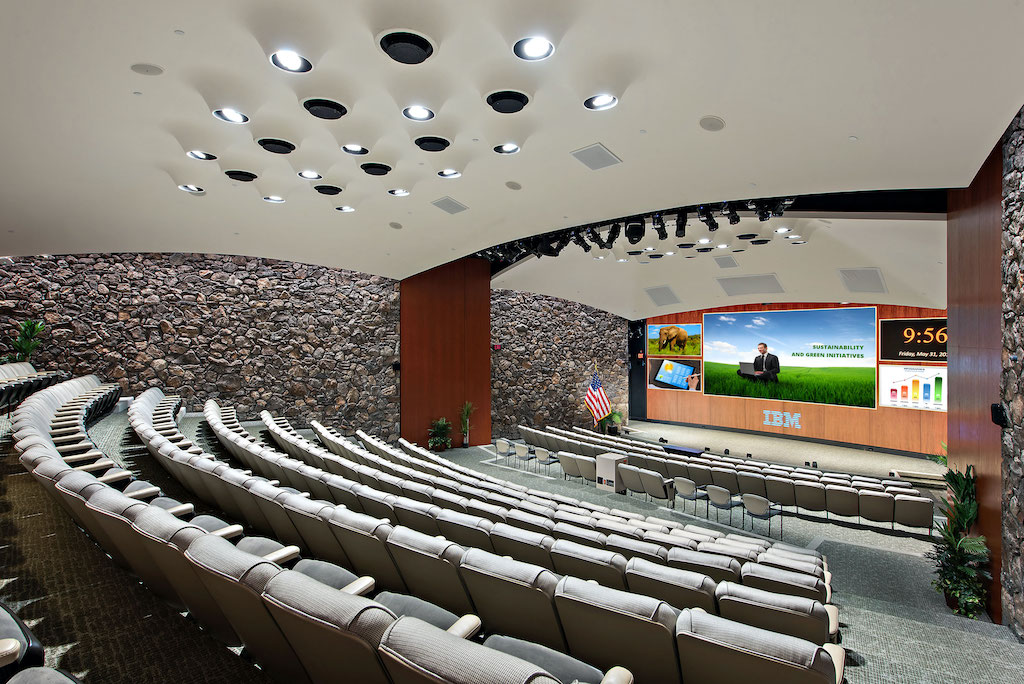Exploring the Diverse Connectivity Solutions Available for Light Emitting Diode Display Panels
Exploring the Diverse Connectivity Solutions Available for Light Emitting Diode Display Panels
Blog Article
LED wall panels have gained traction for their capacity to deliver crisp visuals in various settings, from professional environments to event venues. One of the most significant aspects of these systems is their interface capabilities, which allow users to connect them to different devices and systems. Understanding the broad input options supported for Light Emitting Diode wall panels is essential for maximizing their use and effectiveness. This article details these features, highlighting how they can adapt to various needs and preferences.
One common interface method for LED wall panels is High-Definition Multimedia Interface. HDMI is broadly known for delivering crisp video and audio streams between components. This connection type is particularly beneficial in commercial settings, such as meeting spaces or classrooms, where presentations or video content are often displayed. By using HDMI cables, users can seamlessly connect laptops, projectors, and streaming devices to Light Emitting Diode wall panels, guaranteeing a clear and vibrant presentation of information.
Another popular interface method is DisplayPort, which is comparable to High-Definition Multimedia Interface but offers additional advantages. Display Port can support higher refresh rates and display outputs, making it an ideal choice for gaming or graphic-intensive applications. For those deploying Light Emitting Diode wall panels in environments where performance is essential, such as competitive gaming venues or design studios, DisplayPort can provide the required visual clarity. Additionally, many modern computers and graphics cards feature Display Port ultra slim led wall panel connections, making it a practical option for tech-savvy professionals.
In contrast to HDMI and DisplayPort, wireless transmission methods are becoming increasingly prevalent in LED wall panel solutions. Cable-free connections allow users to transmit content without the need for physical cables, enabling a streamlined and more adaptable setup. Technologies such as Wi-Fi and short-range communication allow users to link smartphones, tablets, and laptops directly to LED wall panels without tangled wires. This convenience is especially advantageous in dynamic environments like trade shows or live functions, where rapid adjustments to displays are often required.
For larger installations or more complex configurations, LAN integration through Ethernet is another viable option. Wired connections provide a stable and reliable way to connect multiple Light Emitting Diode wall panels within a system. This approach is suitable for digital signage applications found in shopping malls or airports, where numerous panels may need to present coordinated content across a broad area. By using network cabling and network switches, users can ensure that all connected panels receive consistent updates and content seamlessly.
Lastly, it's crucial to consider the evolution of interface technology with advancements such as Universal Serial Bus-C and Thunderbolt 3. These next-generation interfaces offer enhanced data transfer speeds and versatility by allowing one connector to handle both power delivery and data transmission. As more devices adopt these standards, LED wall panels equipped with USB-C ports will likely become more common. This evolution in integration not only improves the capabilities of Luminescent Diode wall panels but also these details coincides with the growing trend of minimalistic design in technology setups by reducing the number of cables needed.
In conclusion, exploring the diverse connectivity options available for LED wall panels reveals many possibilities for users across various fields. From traditional methods like HDMI and DisplayPort to modern wireless solutions and network connections, each option serves unique functions suited to distinct needs. Furthermore, next-gen technologies like Universal Serial Bus-C offer further advancements in how users interact with LED wall panels. By understanding these connectivity choices, individuals can make informed decisions that optimize their overall engagement with these multifunctional visual solutions.